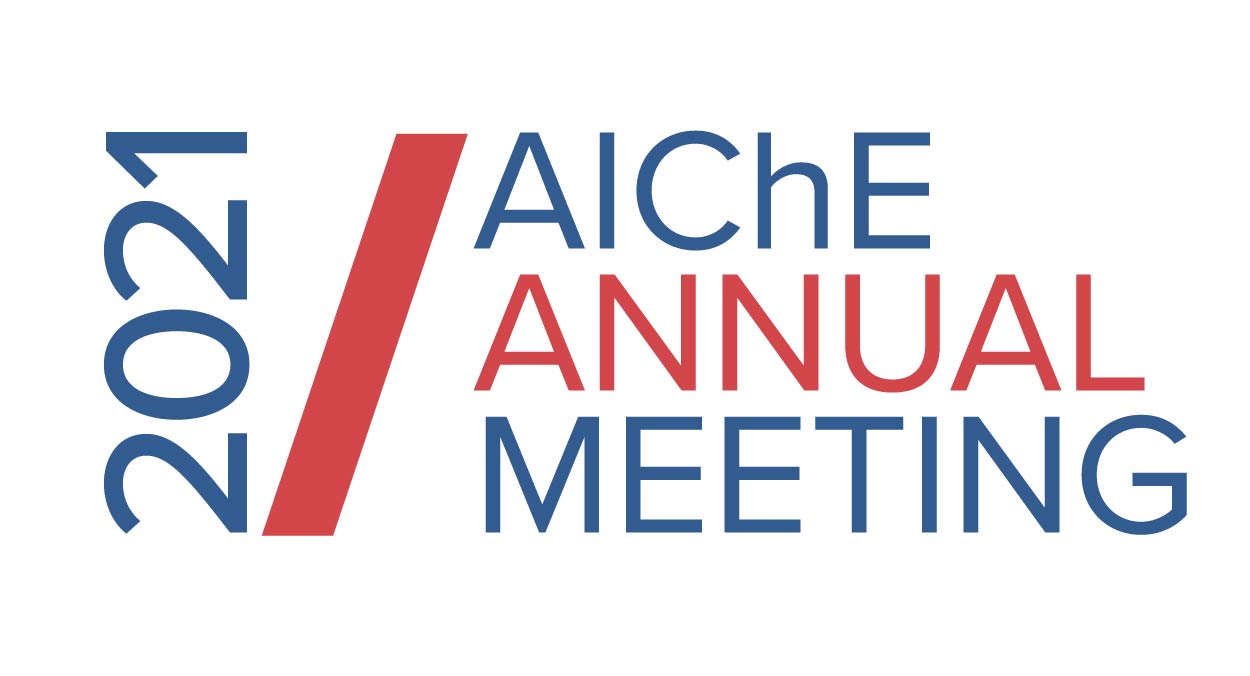

In this work, we present the foundations of a systems engineering framework and decision-making tool for the analysis and trade-off optimization of interconnected CE food supply chains. The framework utilizes superstructure representations, along with mixed-integer modeling and optimization methods to establish the interconnections between different stages of the CE food supply chains. The analysis of the trade-offs is empowered by the introduction of composite metrics for CE that include waste, energy, and resource use minimization, as means to facilitate decision making and compare alternative processes, materials, resources, and technological options. To illustrate the applicability of the proposed framework we focus on the supply chain of coffee. A superstructure representation of the entire supply chain of coffee is presented, that involves alternative pathways for coffee harvesting and processing, waste utilization, product distribution, and new/alternative product introduction. Five different coffee-product demand scenarios are explored, showing that the production of instant coffee is the least energy and environmentally efficient scenario. On the contrary, the production of whole beans sets a hypothetical upper bound on the most circular coffee supply chain design and operation.
References:
[1] Ellen MacArthur Foundation, Intelligent assets: Unlocking the circular economy potential, 2016.
[2] Avraamidou, S., Baratsas, S.G., Tian, Y., Pistikopoulos, E.N., 2020. Circular economy - a challenge and an opportunity for process systems engineering. Computers & Chemical Engineering 133, 106629.
